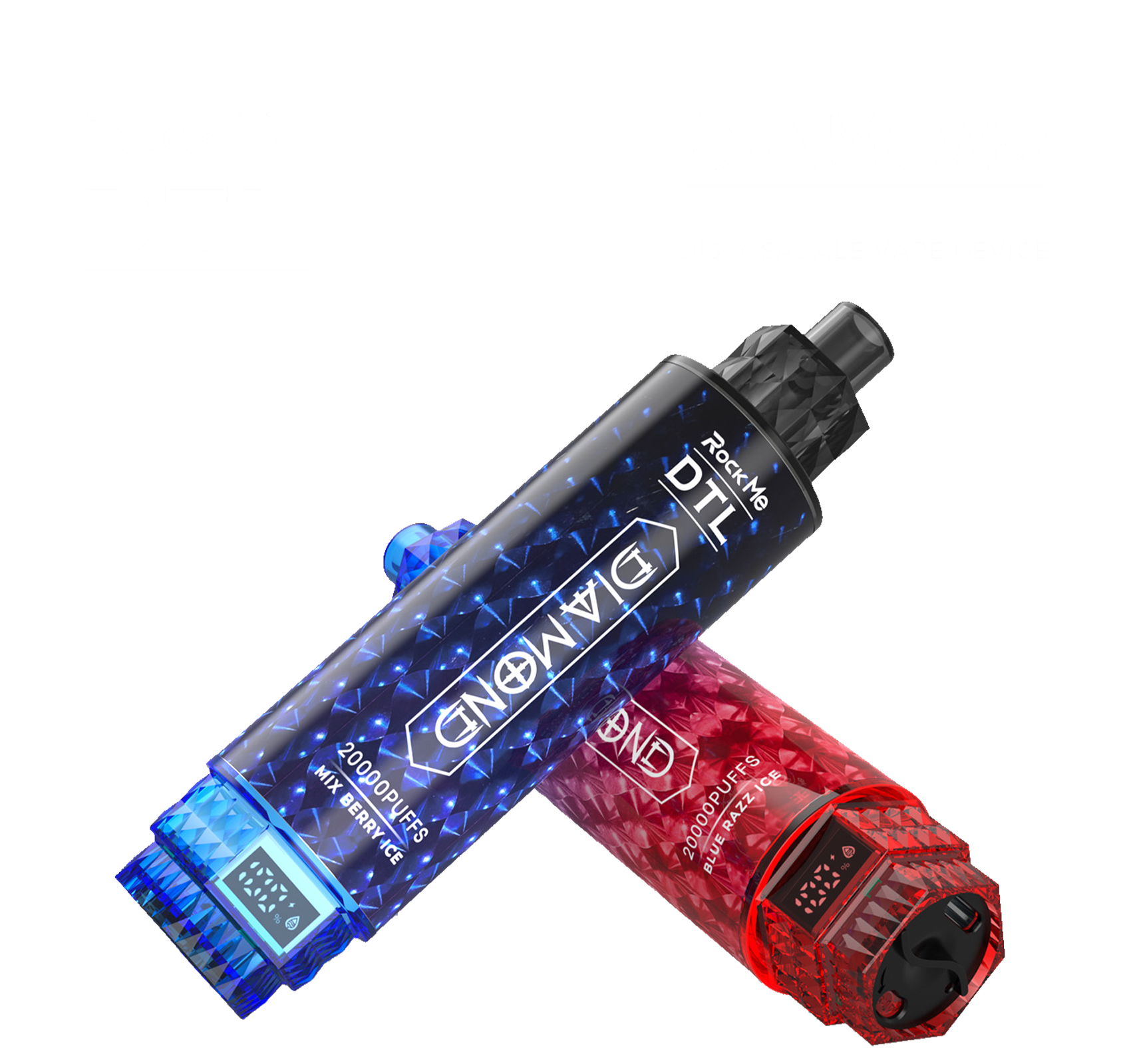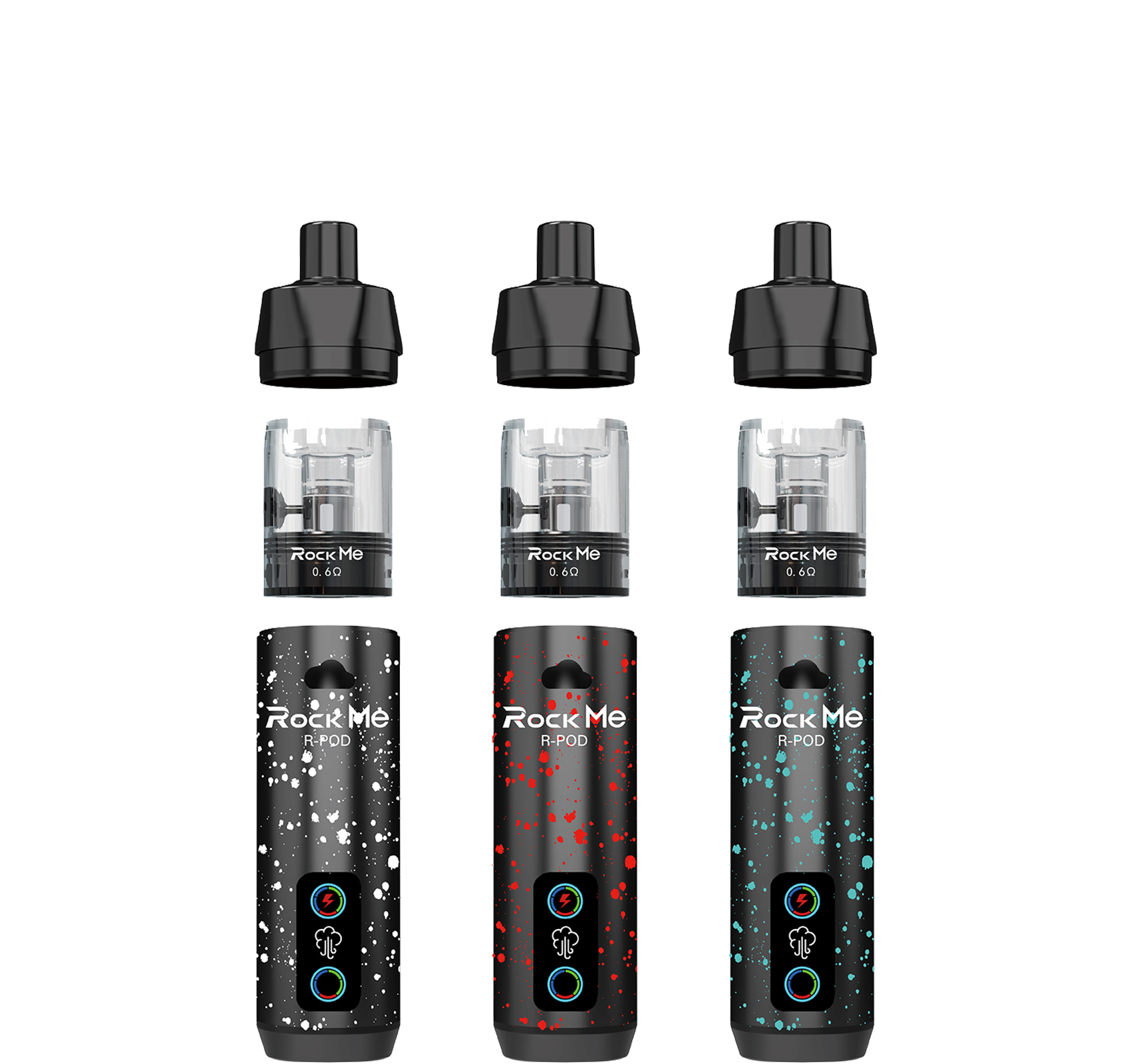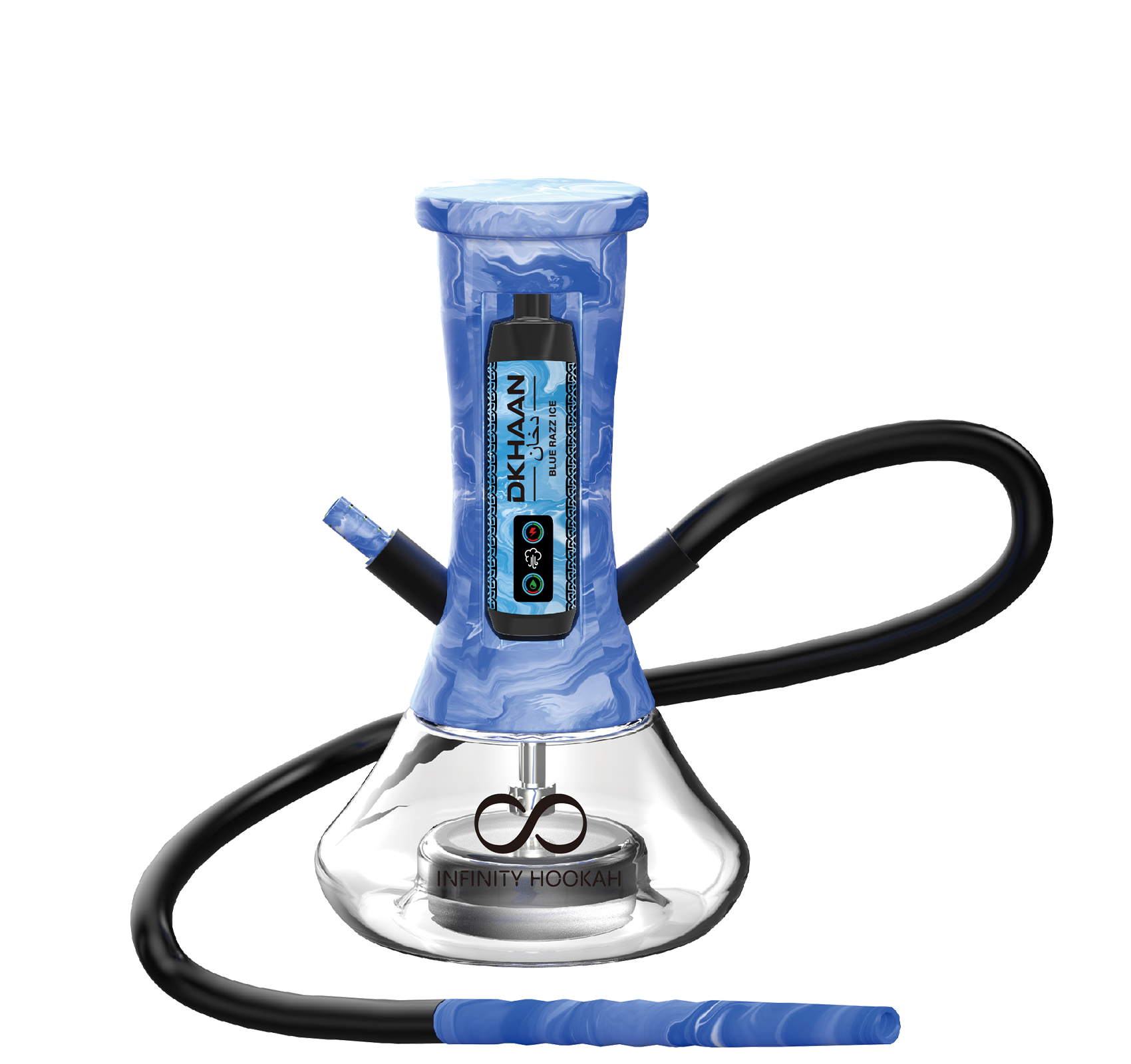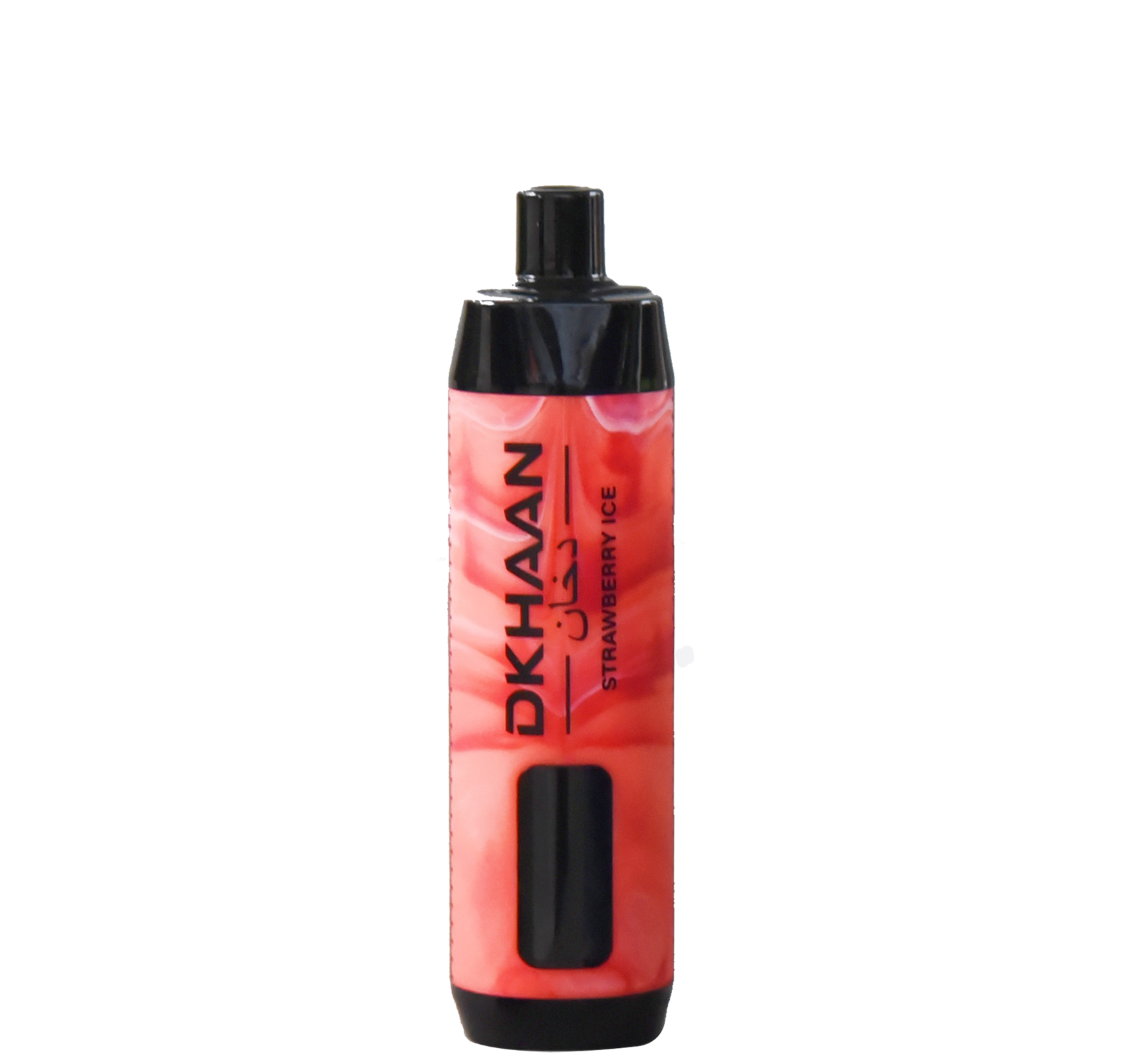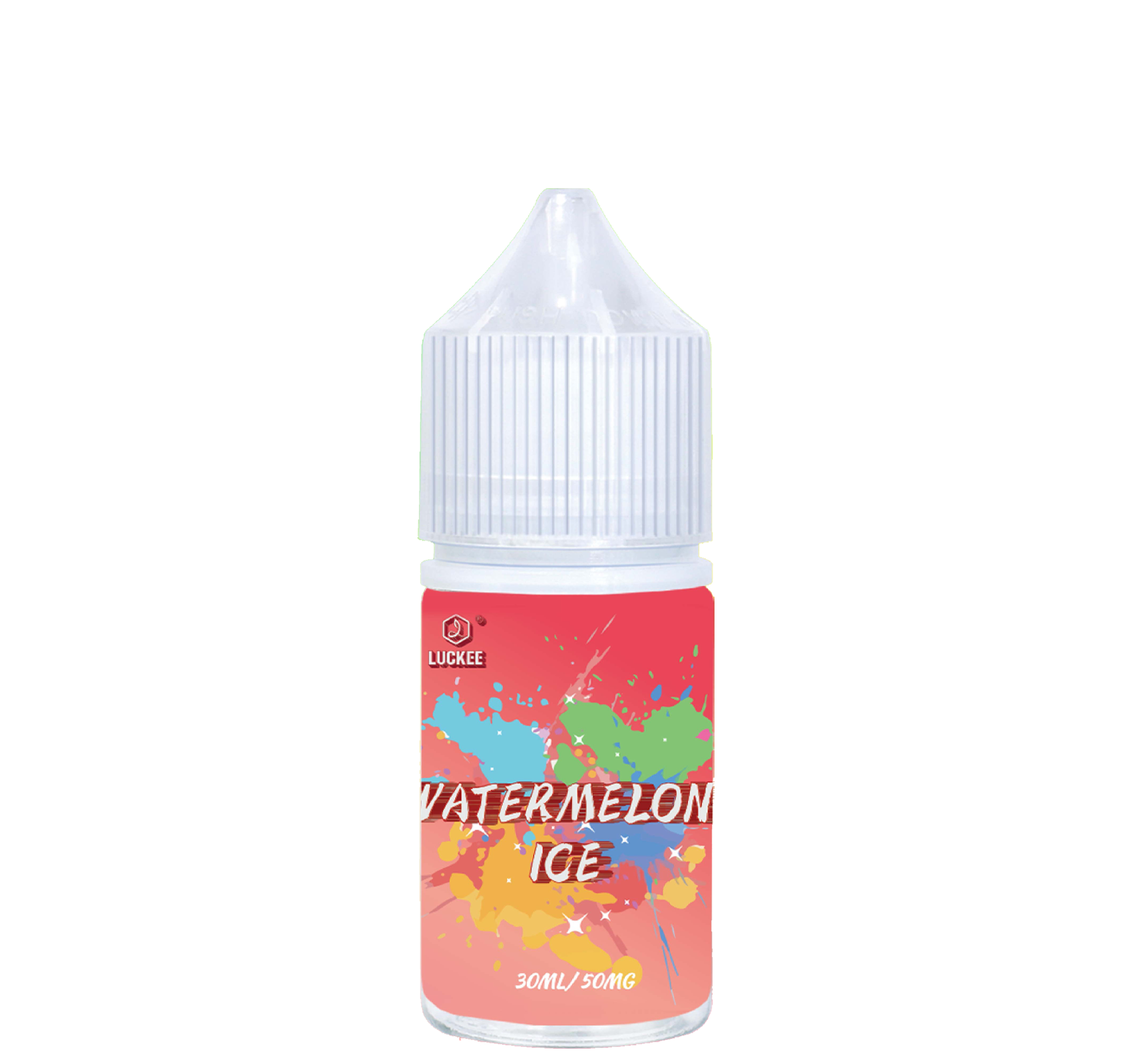Frequent Leakage of Vape Pod? Five Major Engineering Improvement Solutions to Solve It at Once
Introduction
Vape pods have become a popular alternative to traditional smoking due to their compactness, ease of use, and portability. However, a common issue that vapers face is the leakage of e-liquid from their pods. This not only leads to wastage but also affects the vaping experience negatively. Leakage can be caused by various factors, including design flaws, improper maintenance, and external conditions. In this article, we will explore five major engineering improvements that can effectively solve the leakage issue in vape pods, ensuring a more enjoyable and reliable vaping experience.
Solution 1: Improved Seal Design
The primary function of the seal in a vape pod is to prevent e-liquid from leaking out. However, seals can wear out over time or be poorly designed, leading to leakage. To solve this problem, manufacturers must focus on improving the seal design to enhance the durability and effectiveness of the seals.
- Key Considerations:
- Material Quality: High-quality materials such as silicone and rubber offer better flexibility and resistance to wear. These materials can provide tighter seals, reducing the chances of leakage.
- Precision Manufacturing: Seals must be precisely manufactured to fit the pod and cartridge perfectly. Even small gaps or misalignments can create gaps that allow e-liquid to leak out.
- Redundant Seals: Implementing multiple layers or redundant seals within the pod provides extra protection. If one seal fails, the others can still prevent leakage of e-liquid.
By improving the seal design, vape pods can be made more leak-resistant, providing users with a more reliable vaping experience.
Solution 2: Advanced Airflow Management
Airflow management is another critical factor in preventing leakage in vape pods. Poor airflow design can lead to excess pressure within the pod, which can cause e-liquid to escape. By optimizing the airflow system, manufacturers can reduce the risk of leakage and improve the overall vaping experience.
- Key Considerations:
- Adjustable Airflow: Adjustable airflow valves allow users to control the amount of air entering the pod, preventing the buildup of pressure that can lead to leaks.
- Pressure Balance: Balancing the internal and external pressures is essential. If the internal pressure is too high, it may push the e-liquid out of the pod.
- Optimized Airflow Path: A smooth and unobstructed airflow path ensures that air can circulate freely, preventing pressure build-up that could lead to leaks.
By improving airflow management, vape pods can provide a more consistent and enjoyable vaping experience while reducing the risk of leakage.
Solution 3: Enhanced Pod Materials
The material used to construct the vape pod plays a significant role in its resistance to leakage. Cheap or low-quality materials can crack and degrade over time, leading to weak points in the pod where leakage can occur. By using higher-quality materials, manufacturers can improve the durability and leak resistance of vape pods.
- Key Considerations:
- Durability and Strength: Materials like polycarbonate or stainless steel provide greater strength and resistance to cracks and breaks. These materials can prevent leakage caused by physical damage to the pod.
- Heat Resistance: Vape pods are often exposed to heat during use, which can cause the material to warp or weaken. Using heat-resistant materials ensures that the pod maintains its shape and remains leak-free.
- Non-Porous Materials: Choosing non-porous materials reduces the risk of e-liquid seeping through the pod itself, preventing leaks due to material degradation.
By using stronger and more durable materials, manufacturers can create vape pods that are more resistant to leakage and longer-lasting.
Solution 4: Efficient E-Liquid Flow Control
An essential factor in preventing leakage is efficient e-liquid flow control. If the flow of e-liquid is not properly regulated, it can overflow, leading to leaks. A well-designed flow control system can prevent this issue by ensuring that e-liquid flows only when needed.
- Key Considerations:
- Flow Control Mechanisms: Implementing precise flow control systems allows users to regulate how e-liquid flows within the pod. A well-controlled flow system reduces the chances of overflow and leakage.
- Viscosity Adaptation: Different e-liquids have varying viscosities, and some may flow more easily than others. Designing pods that can accommodate different viscosities helps to prevent leakage caused by excessive liquid flow.
Efficient flow control helps to maintain a stable environment within the pod, preventing leakage and improving the overall vaping experience.
Solution 5: Regular Maintenance and User Guidelines
While engineering solutions are important, user education and regular maintenance are equally essential for preventing leakage. Many users unknowingly contribute to leakage by neglecting proper maintenance or not handling their vape pods correctly.
- Key Considerations:
- Proper Handling: Educating users on the correct way to handle their vape pods can prevent damage to the seals and the pod itself. Avoiding drops or excessive shaking helps maintain the integrity of the pod.
- Routine Cleaning: Regular cleaning of the vape pod ensures that no e-liquid residue builds up, which could interfere with the seals or airflow systems. Manufacturers should provide cleaning and maintenance guidelines to extend the lifespan of their products.
- Correct Storage: Storing vape pods in an upright position can help prevent leakage caused by gravity. Users should be educated on the best storage practices to reduce leakage risks.
By following proper maintenance guidelines, users can significantly reduce the chances of leakage and ensure a longer lifespan for their vape pods.
Conclusion
Leakage in vape pods is a common issue that affects both user satisfaction and product reliability. However, by focusing on engineering solutions such as improved seal design, advanced airflow management, enhanced pod materials, efficient e-liquid flow control, and educating users on proper maintenance, manufacturers can significantly reduce the occurrence of leakage. These improvements will make vape pods more reliable, durable, and enjoyable to use, enhancing the overall vaping experience. As the vaping industry continues to innovate, these solutions will help ensure that vape pods remain a trustworthy and efficient choice for users.












